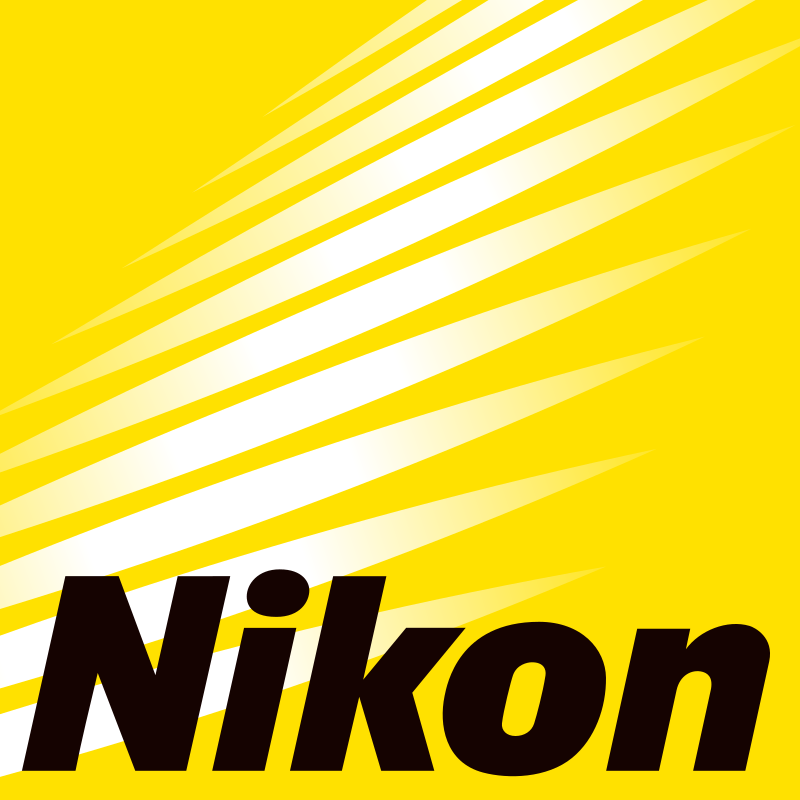
 The global biotechnology market is a fast-paced, ever-growing and evolving space encompassing topics ranging from drug discovery to bioproduction. To stay on the cutting-edge, the Canadian government has invested multiple billions of dollars towards projects related to the development of vaccines and therapeutics. It has been well-established that developing new drugs is an extremely costly affair laden with stories of seemingly promising candidate molecules that ultimately end up failing to reach the market. A critical initial step in this process is studying how individual cells respond to potential drug candidates before progressing to organoid, animal, or human models. There are numerous ways to examine cellular activities, but microscopy offers a great deal of versatility and uniquely provides spatial information. The ability to observe subcellular features is indispensable for understanding the reaction of cells to various compounds. For example, a drug might induce changes in the localization of a fluorescently-labeled target protein, but this effect would not be detectable with cytometry or genetic sequencing. Microscopy is a powerful tool that can reveal details about drug candidate effects very early in the development pipeline.
The global biotechnology market is a fast-paced, ever-growing and evolving space encompassing topics ranging from drug discovery to bioproduction. To stay on the cutting-edge, the Canadian government has invested multiple billions of dollars towards projects related to the development of vaccines and therapeutics. It has been well-established that developing new drugs is an extremely costly affair laden with stories of seemingly promising candidate molecules that ultimately end up failing to reach the market. A critical initial step in this process is studying how individual cells respond to potential drug candidates before progressing to organoid, animal, or human models. There are numerous ways to examine cellular activities, but microscopy offers a great deal of versatility and uniquely provides spatial information. The ability to observe subcellular features is indispensable for understanding the reaction of cells to various compounds. For example, a drug might induce changes in the localization of a fluorescently-labeled target protein, but this effect would not be detectable with cytometry or genetic sequencing. Microscopy is a powerful tool that can reveal details about drug candidate effects very early in the development pipeline.
Nikon has built an exceptional reputation in the high-end research microscope market. First and foremost, Nikon manufactures all of the glass used for its microscope components, including the all-important objective lens, which enables full control over design optimizations without compromising on optical quality. Additionally, the microscopes are amenable to a number of third-party hardware modules, which broadens the horizons of what can actually be accomplished on any single system. It is easy to imagine how complex the microscope might become, with a multitude of possible objective lenses and modality-specific hardware attached to the left, right, and back ports. A fully equipped system is extremely powerful for those who have time to learn how to operate it, but it can be unwieldy for scientists who mainly need to perform routine imaging experiments such as measuring cell size in response to a drug.
Nikon has addressed the need for streamlined, routine imaging work by introducing the new ECLIPSE Ji Smart Imaging System earlier this year. Users may simply load a sample, such as a 96-well plate containing cells treated with a compound library, select the type of measurement to be performed, and wait as AI-assisted routines carry out sample finding and acquisition parameter optimization. Following automated imaging, the user is presented with a data visualization interface and a generated report. A simplified workflow for routine imaging experiments allows researchers to efficiently collect valuable data without the need for extensive training and expertise. By removing much of the time and effort costs associated with imaging, both microscopy newcomers and experts can focus on other aspects of their research projects. The development of the ECLIPSE Ji represents a concerted effort by Nikon to broadly distribute the capability of microscopy to a wider pool of scientists.

Nikon Canada is a Sponsor of the Parliamentary Health Research Caucus Morning Panel and Luncheon, Breakthrough Stem Cell Research & the Power of Regenerative Medicine. Visit rc-rc.ca to learn more.
